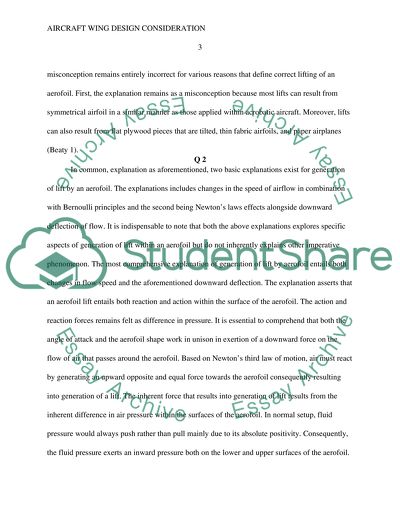Cite this document
(“Aircraft Wing Design Considerations Book Report/Review”, n.d.)
Aircraft Wing Design Considerations Book Report/Review. Retrieved from https://studentshare.org/miscellaneous/1672801-aircraft-wing-design-considerations
Aircraft Wing Design Considerations Book Report/Review. Retrieved from https://studentshare.org/miscellaneous/1672801-aircraft-wing-design-considerations
(Aircraft Wing Design Considerations Book Report/Review)
Aircraft Wing Design Considerations Book Report/Review. https://studentshare.org/miscellaneous/1672801-aircraft-wing-design-considerations.
Aircraft Wing Design Considerations Book Report/Review. https://studentshare.org/miscellaneous/1672801-aircraft-wing-design-considerations.
“Aircraft Wing Design Considerations Book Report/Review”, n.d. https://studentshare.org/miscellaneous/1672801-aircraft-wing-design-considerations.


